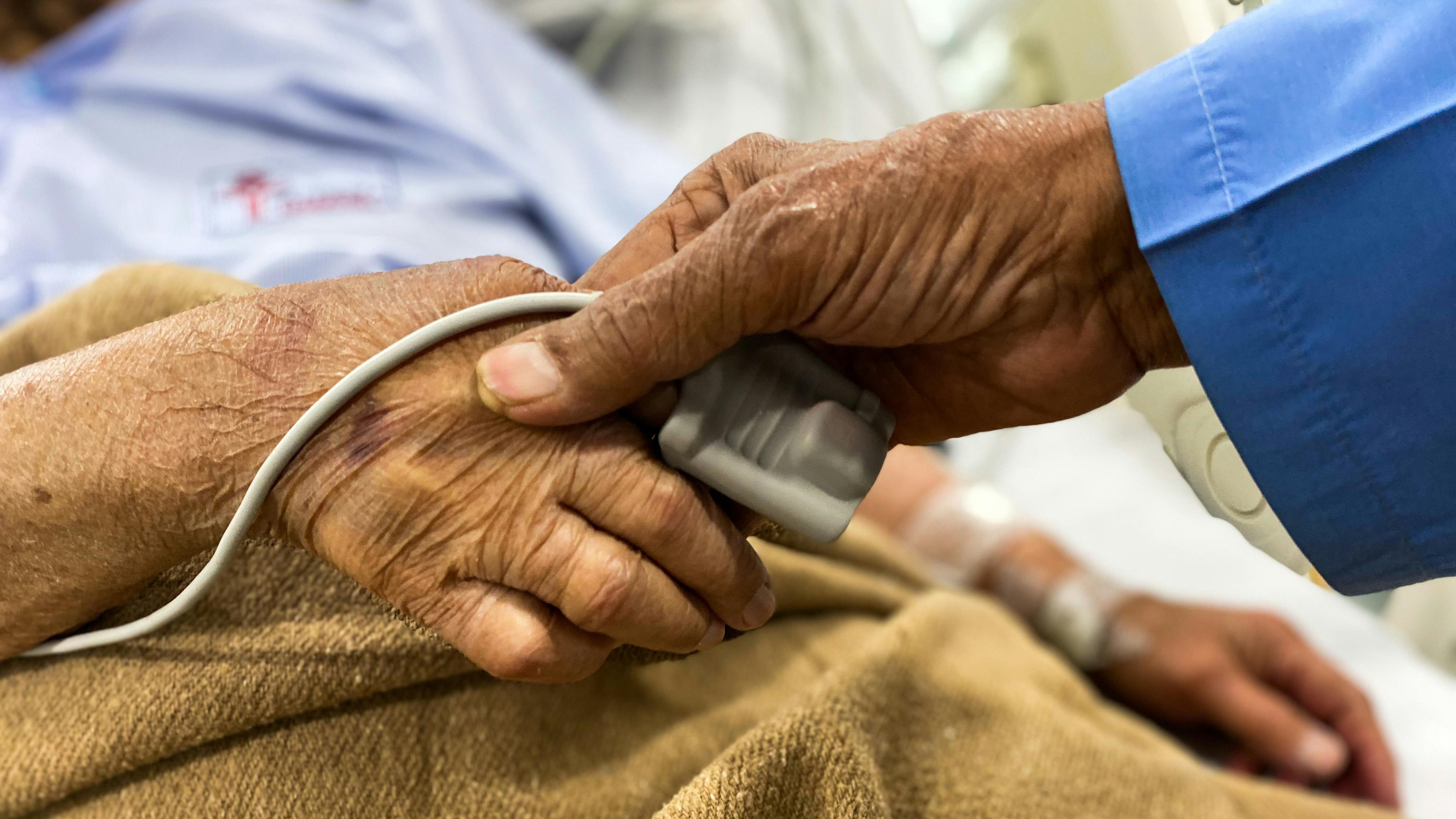Fact: Investing in healthy ageing saves money

Increased public spending on health can be good news, because it can point to the immense innovation which we have seen in medicine and in medical systems. It can mean that we are able to treat health issues that we formerly couldn’t - or that we are now aware of diseases about which we did not previously know. Still, rising health expenditure worries many.
Public spending on health has been rising in all OECD countries. Some argue that the demographic trend of societal ageing is its main driver. Besides the fact that this sentiment can easily result in the discriminatory view that older people are “the problem”, there is also not clear evidence to support this claim.
The popularity of this idea comes from older and outdated economic models which relied on a fairly simple formula: they presume that people aged 65 years or older are more expensive in terms of healthcare costs than younger people, and that the number of people over 65 will increase over time. This leads to the conclusion that ageing drives public spending. It’s simple math – isn’t it?
Not quite! This very superficial mathematical projection falls apart as soon as one accounts for other factors. Health economists now use much more accurate models to reflect how the relationship between health and public spending actually works.
Yes, as we age we tend to have more health problems. But this statistical relationship is not a fixed one. Older people today are healthier than older people of the past. One cannot assume that the health costs associated with, say, the age of 72, will be the same forever. [1]
Therefore, it is not age per se which generates higher health expenditure. Rather, it is related to health status – whether a person is in good or bad health. The older model also does not account for the fact that people often continue to provide significant economic and societal benefits into their older age, particularly if they are healthy and active.
Another example of why expenditure on healthcare is determined by more than just age: if we look at statistics, we find that “proximity to death” is a more important driver of hospital costs than age. A person approaching death accounts for more spending – no matter if they happen to die younger or older.
The story is a different one, of course, if we look at long-term care instead of hospitals. Costs such as care homes will undoubtably rise as there are more people in need of such care. However, it is not unthinkable that this trend could be reversed if the care system was rethought and redesigned.
The idea that ageing is driving the rise in healthcare expenditure is superficial and inaccurate. It also generates panic and can result in the discrimination of older people. Instead, policymakers should identify precisely where investments and reforms are needed in order to make health care systems resilient for European populations of all ages. The COVID-19 pandemic made clear how essential investments in public health are. This after austerity politics in Europe had already shown how harmful it can be to neglect them. FutuRes research will build a rigorous and reliable evidence base to inform policies to build more resilient healthcare systems and societies.
Aleksandra Torbica, Associate Professor for health economics and healthcare, Bocconi University
Further reading
1For a research overview see “The effect of population aging on health expenditure growth: a critical review”, by Meijer C, Wouterse B, Polder J, Koopmanschap M.
Photo: Muskan Anand/pexels

